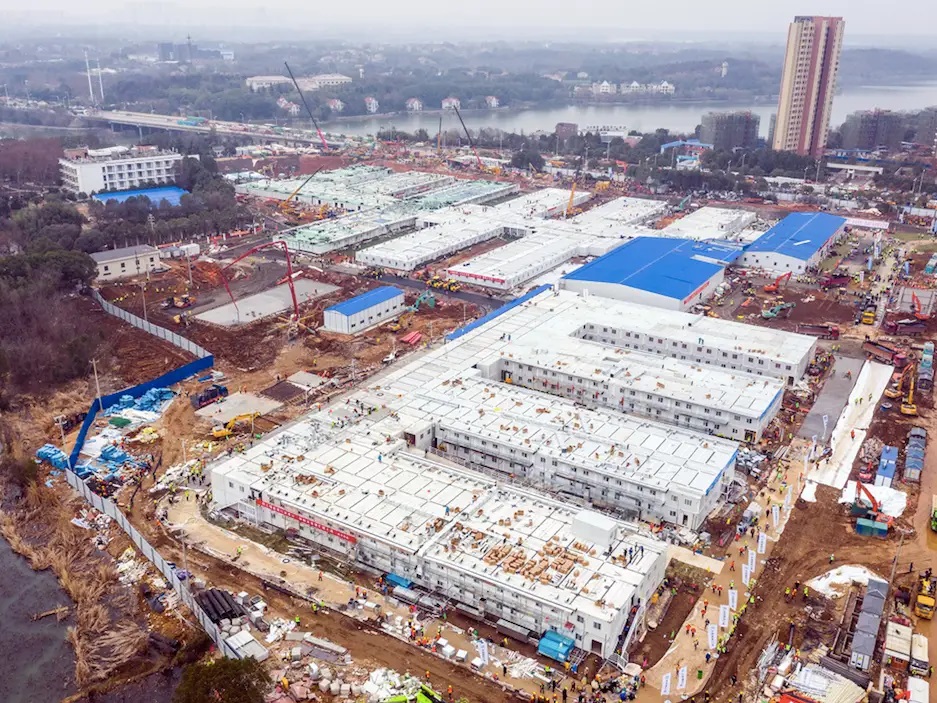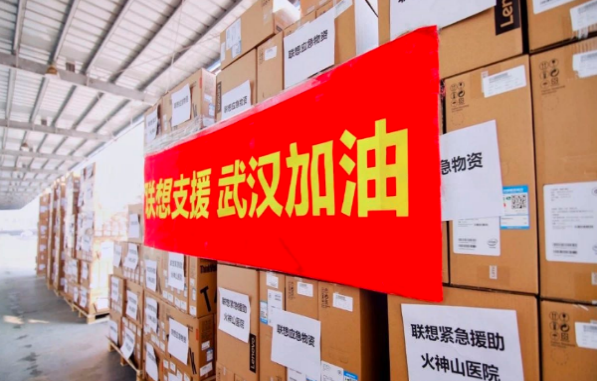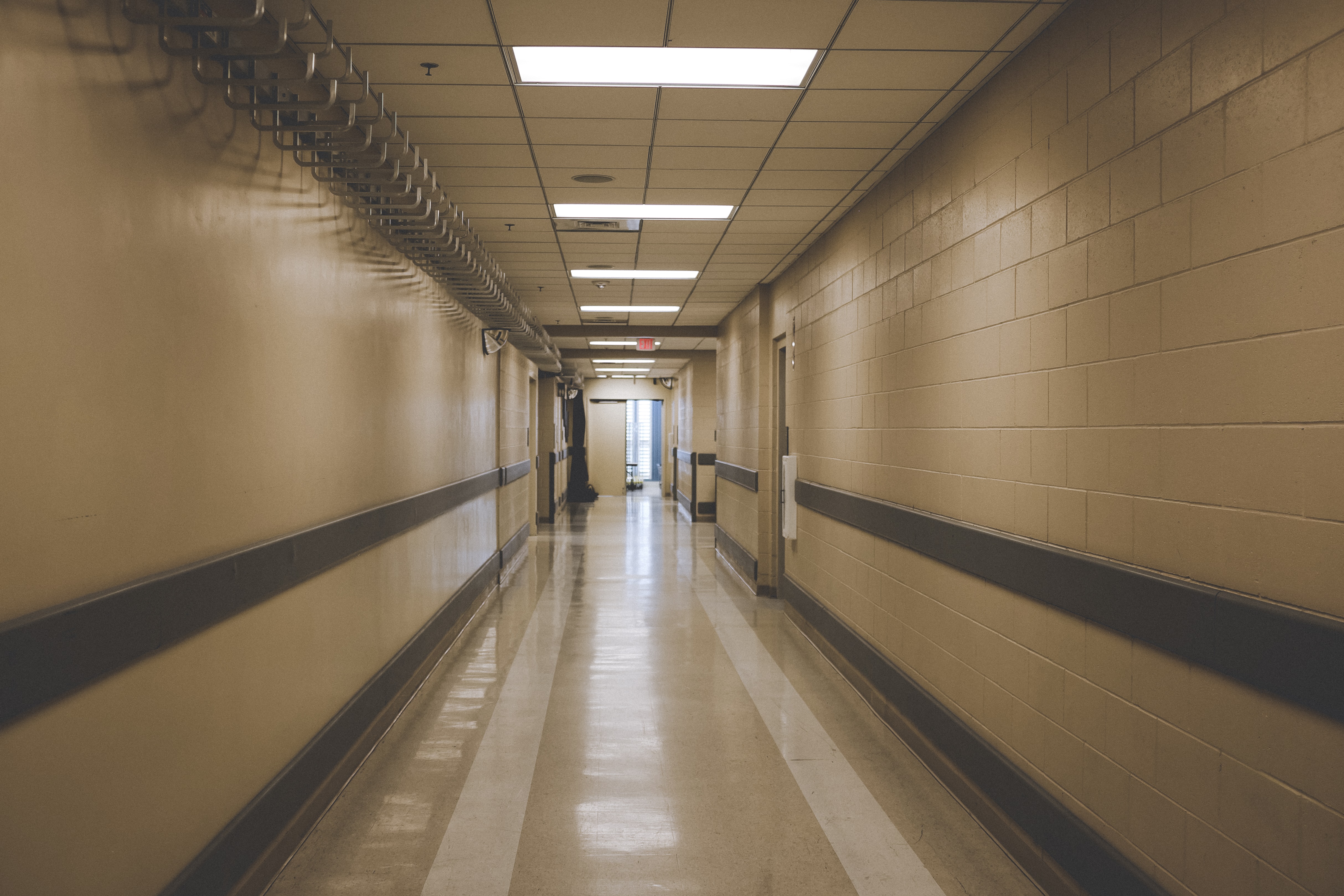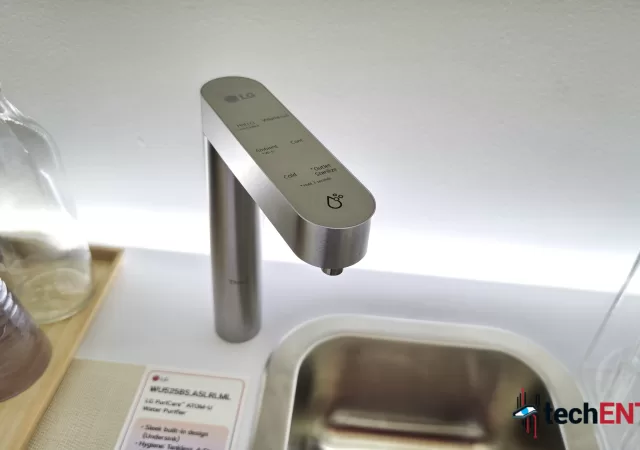This article is contributed by Varinderjit Singh, General Manager, Lenovo Malaysia.
In a staggering feat of modern construction, crews in Wuhan, China built two emergency hospitals in 10 days shortly after the coronavirus outbreak began to relieve an overburdened hospital system for this unprecedented pandemic. For a small group of Lenovo employees, those days in late January will be forever remembered as a time of rapid and meaningful collaboration alongside colleagues and friends to meet a devastating technical challenge.
Emergency Construction Begins
As hospitals in Wuhan became instantly overcrowded with patients, construction began on January 23 of the Huoshenshan hospital and again on January 27 of the Leishenshan hospital. The day after emergency construction crews broke ground on the first hospital, Lenovo created an epidemic prevention and control team that decided to donate all the IT equipment needed by Huoshenshan.

Delivering hundreds of computers, tablets, printers, and more to the hospital in such a short time—and in a way that would be safe for everyone involved—posed an incredible challenge to the team. Still, the scale and operational experience of Lenovo made the team optimistic they could contribute all the necessary parts within the aggressive 10-day timeline.“We just want to do something, to help by providing whatever IT equipment the hospital needed,” said Lu Yuan, General Manager of Lenovo’s Commercial Customer Business of Hunan and Hubei provinces (Wuhan is located in Hubei province).
Round the Clock Coordination

Getting the products to the hospitals through a largely quarantined city was the first task, followed immediately by assembling IT and maintenance volunteers needed to make it all work on site. Lenovo’s after-sales service engineers from across the country, Xu Tan, Senior Manager of Lenovo Customers of Hubei and Wu Zhiyuan, Senior Sale Manager of Commercial Solutions volunteered and worked non stop to better equip the front-line medical staff for a better fight.
“The complex environment is far beyond imagination,” said Wu. “Under normal circumstances, with the speed of Lenovo, 15 people and 500 sets of equipment can be fully installed and commissioned in less than 24 hours. However, the 24-hour, non-stop construction requires coordination from multiple parts, such as communicating with the hospital’s organizer, establishing the on-site network, and syncing with tech experts at Lenovo headquarters.”
Wu continued, “In general circumstances, one PC is equipped with one printer, but for the hospital each medical PC needs to connect to three printers: a wristband printer, a case printer, and a receipt printer, which is a tough challenge for compatibility. Huoshenshan alone has 500 desktops, and if we install the equipment one by one, the workload is beyond imagination. But with the help of Lenovo IDV [a desktop solution that can quickly install thousands of PCs] we installed the desktops of 500 computer terminals at once, enabling doctors and staff to use them immediately. Also any problems can be handled remotely, which is not only extremely efficient but also reduces the frequency of entering any contaminated areas.”
A group of Lenovo engineers and hospital support completed the installation and commissioning of more than 1,400 pieces of equipment at both hospitals in only a few days to ensure that the hospitals would be able to provide services to patients on time.
By February 2, all IT equipment donated to Huoshenshan Hospital was delivered, updated, installed, and put into use—just one day before its doors opened to patients on February 3.
This was the beginning of Lenovo’s efforts to support employees, customers, and communities as COVID-19 spread. In China, Lenovo’s efforts continue, bolstered by the friends from Lenovo all around the world.






